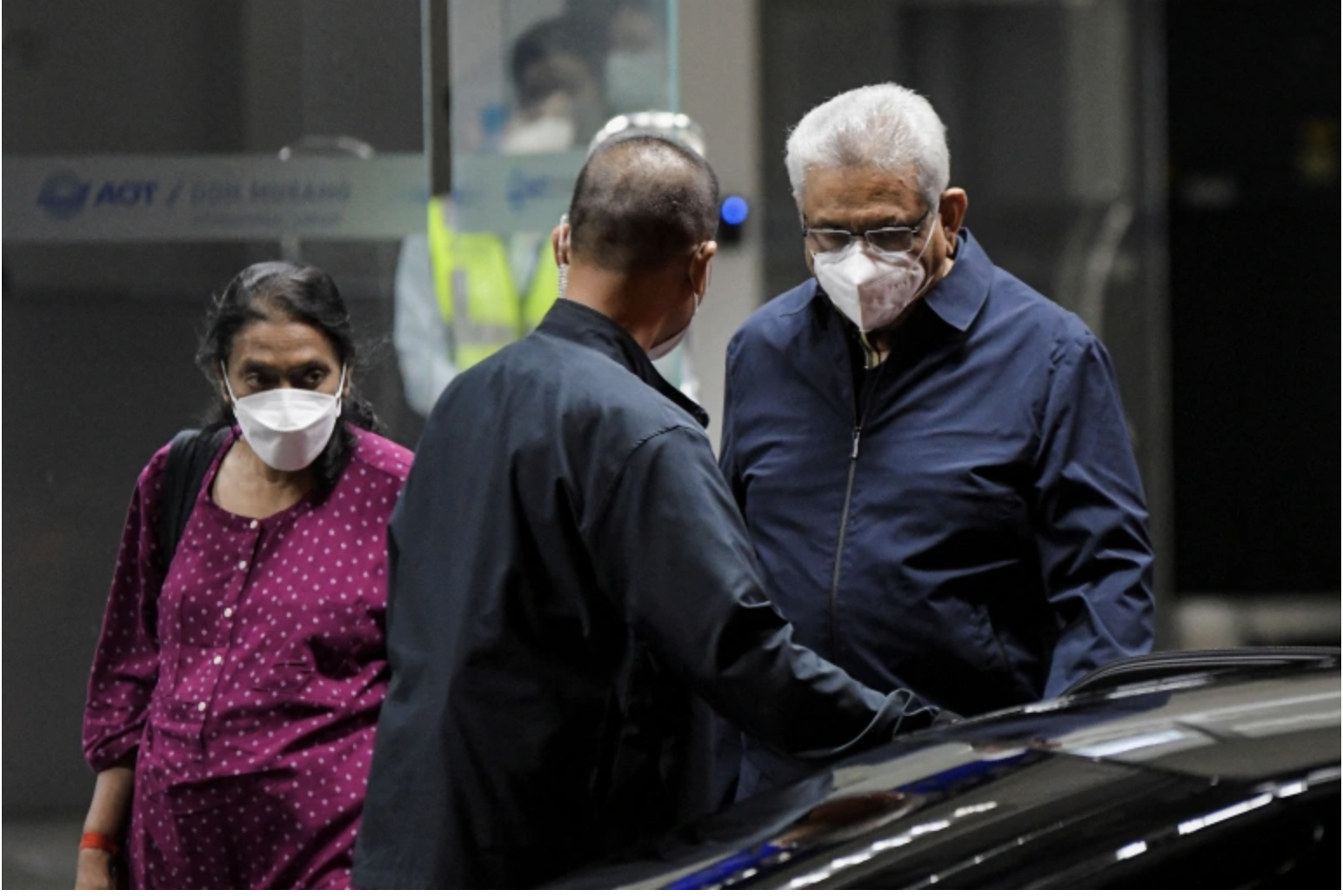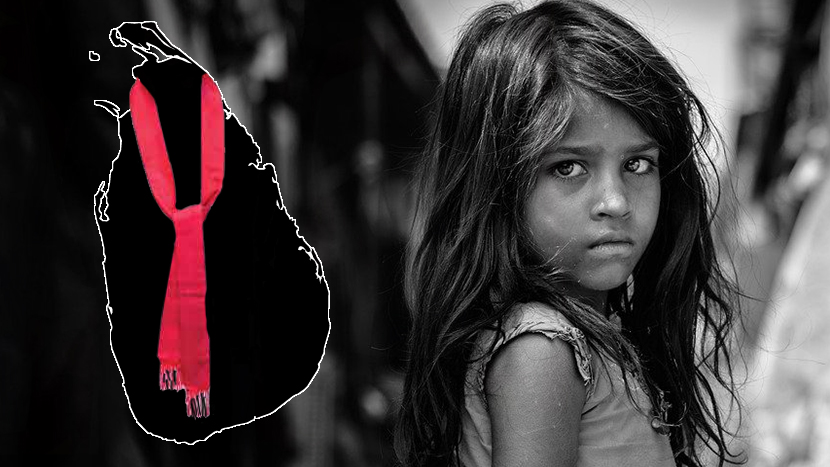Modi’s Visit to Sri Lanka Marks Strategic Shift in South Asian Diplomacy

Indian Prime Minister Narendra Modi arrived in Sri Lanka on April 4, becoming the first foreign dignitary to visit the island nation since President Anura Kumara Dissanayake’s sweeping election victory last year. The high-profile visit signaled a major diplomatic and strategic shift as Sri Lanka seeks to recalibrate its foreign policy while balancing the interests of both India and China.
Modi was welcomed in Colombo with full state honours, including a 19-gun salute at Independence Square. President Dissanayake conferred upon him the Mithra Vibhushan, Sri Lanka’s highest civilian award. Modi, in his speech, dedicated the honour to the 1.4 billion people of India, emphasizing the deep cultural and historical ties between the two nations.
Boosting Defence Cooperation
A major outcome of the visit was the signing of a five-year defence cooperation agreement, covering the training of Sri Lankan military personnel in India and enhanced collaboration on information and technology sharing.
“We believe that our security interests are aligned,” Modi said during a televised address alongside President Dissanayake. “Our security is interdependent and interconnected.”
President Dissanayake reaffirmed that Sri Lanka would not allow its territory to be used to threaten Indian security, a pointed reassurance amid India’s concerns about Chinese naval activity in the region.
Energy Collaboration with UAE
The centrepiece of Modi’s visit was the announcement of a trilateral energy hub in Trincomalee — a strategic eastern port — to be developed jointly by India, Sri Lanka, and the United Arab Emirates. The plan includes the construction of a multi-product pipeline and potential use of a World War II-era oil tank farm partially managed by Indian Oil Corporation.
“This is the first such trilateral initiative in the region,” Indian Foreign Secretary Vikram Misri said, noting that business-to-business talks will determine the scope and financing of the project.
Solar Power and Debt Relief
Modi and Dissanayake also launched a 120-megawatt Sampur solar power plant, a long-delayed project that has been revived with New Delhi’s support. The two countries also finalized debt restructuring arrangements for Sri Lanka’s $1.36 billion debt owed to Indian financial institutions.
New agreements were signed in the areas of power grid connectivity, digital governance, security, and healthcare, laying the groundwork for deeper bilateral cooperation.
Navigating Between Giants
Modi’s April 4 visit came as Sri Lanka tries to balance its ties between India and China. While India sees Sri Lanka as part of its traditional sphere of influence, China has become the island’s largest bilateral creditor and a major investor — including a $3.7 billion Chinese-funded oil refinery signed earlier this year.
President Dissanayake has so far managed to maintain a delicate equilibrium — visiting New Delhi shortly after taking office, and Beijing soon after, underscoring Sri Lanka’s commitment to non-alignment and regional diplomacy.
Modi’s Broader Regional Push
Before arriving in Colombo, Modi attended the BIMSTEC summit in Thailand, where he met leaders from across the Bay of Bengal region. Notably, he held talks with Myanmar’s military chief Min Aung Hlaing, Bangladesh’s interim leader Muhammad Yunus, Nepal’s KP Sharma Oli, and Bhutan’s Tshering Tobgay.
His meeting with Yunus came after the ousting of Sheikh Hasina, a long-time Indian ally, signaling a recalibration in India-Bangladesh ties amid growing Chinese influence in Dhaka.
Conclusion
Modi’s April 4 visit to Sri Lanka marked a milestone in India’s efforts to reinforce its presence in the Indian Ocean amid rising Chinese engagement. With new defence, energy, and infrastructure agreements in place, the visit not only deepens India-Sri Lanka relations but also highlights Colombo’s evolving role as a regional pivot point in South Asia’s shifting geopolitical landscape.







